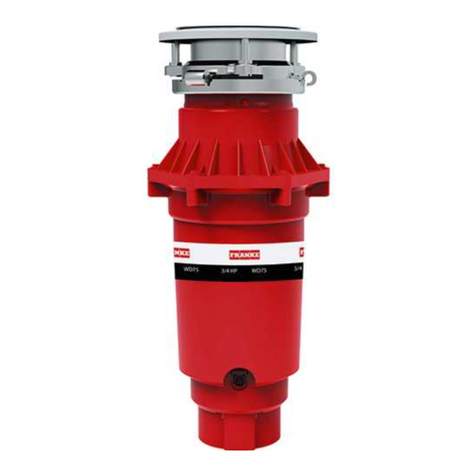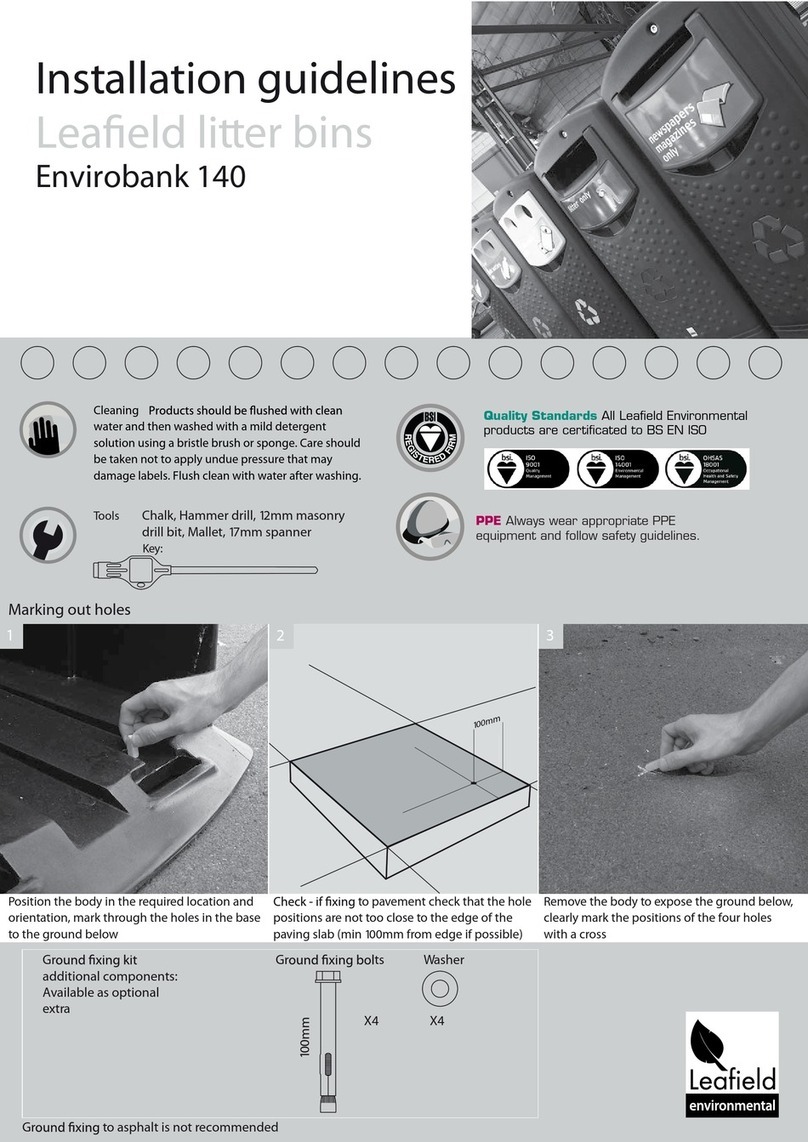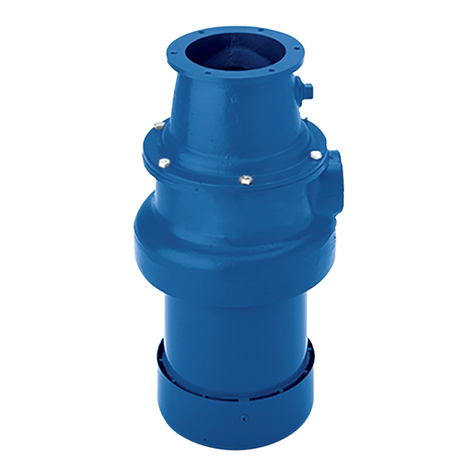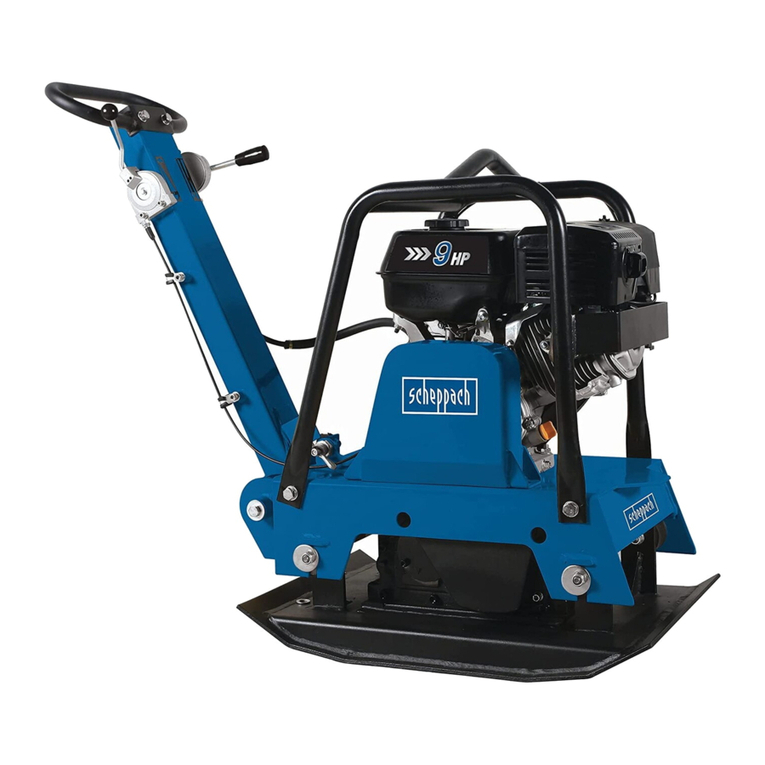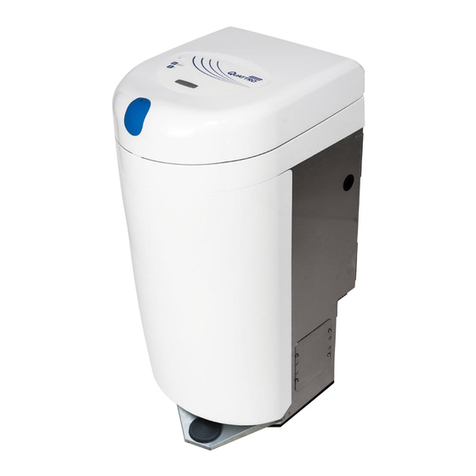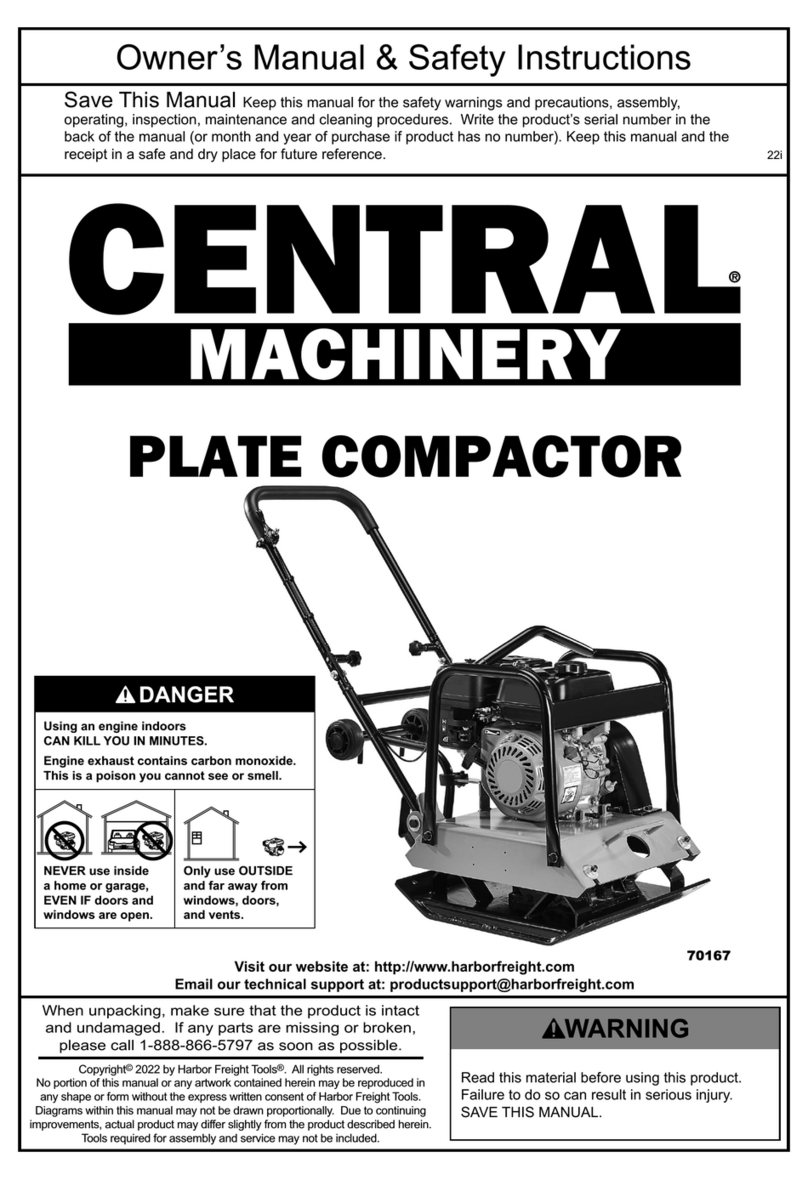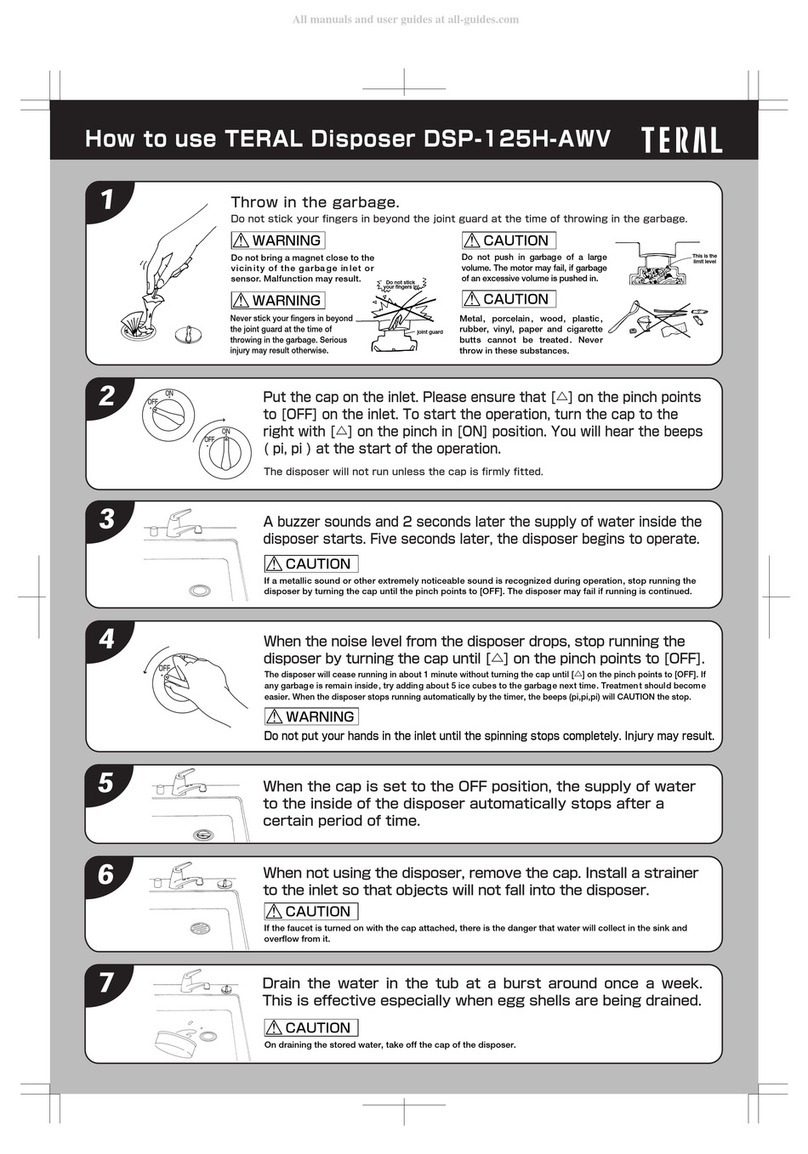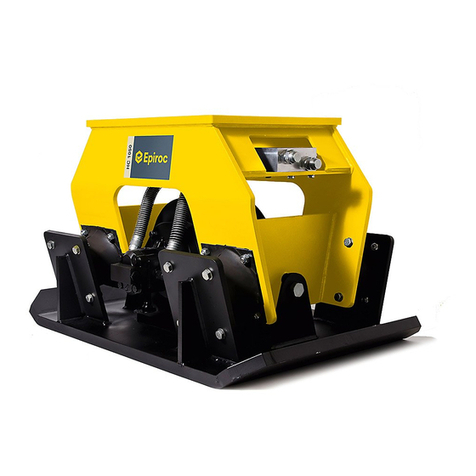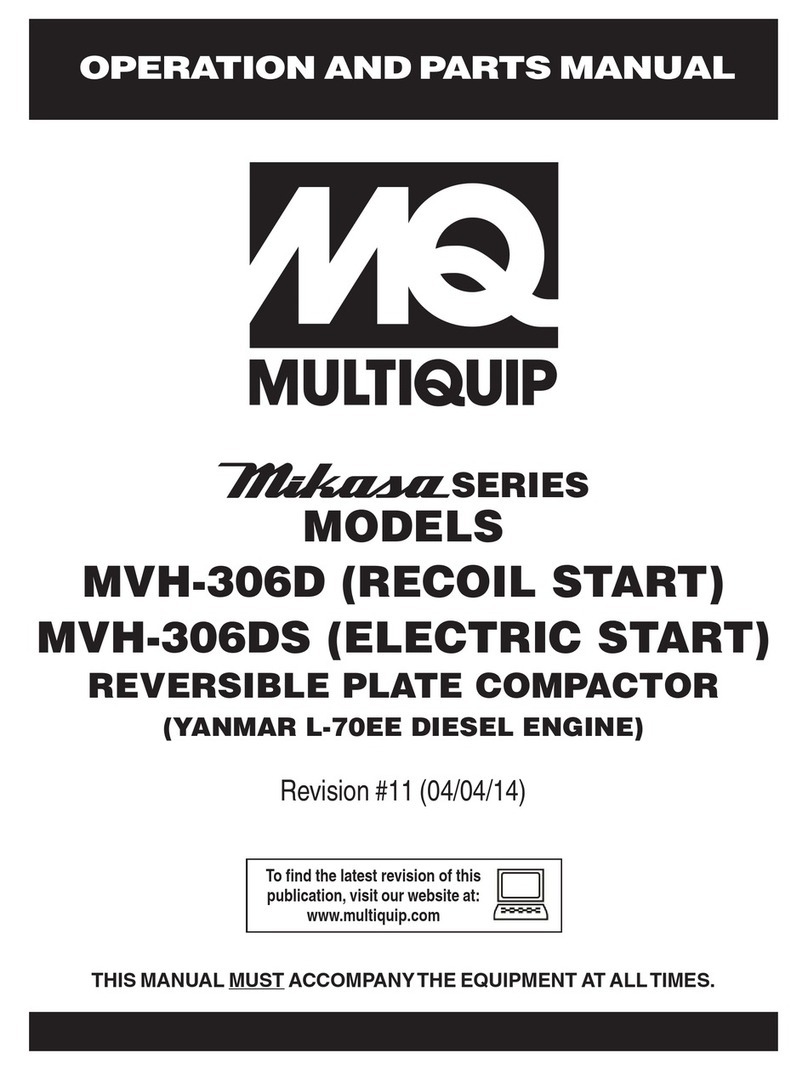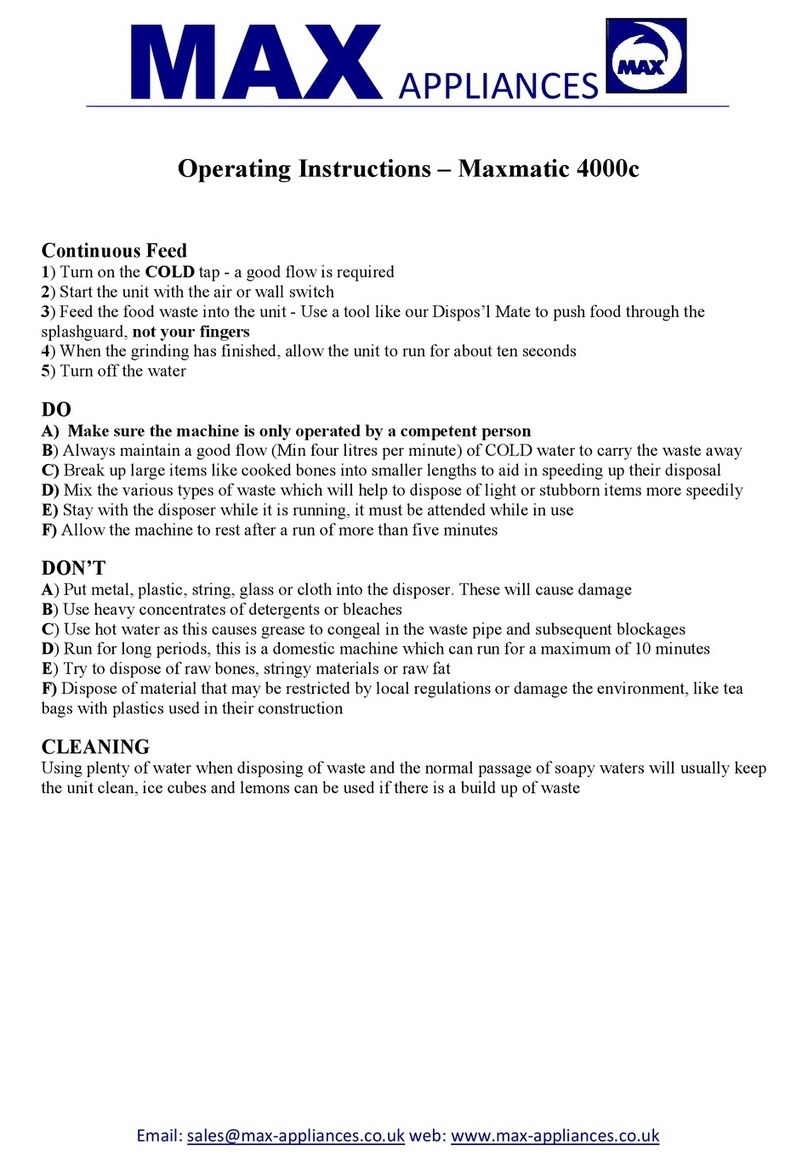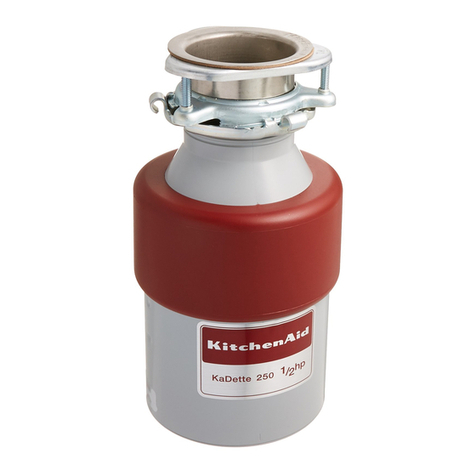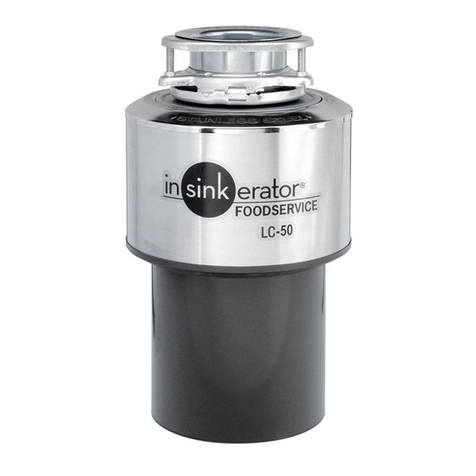
4
7. Form a habit of checking to see that keys and adjusting wrenches are removed from
machine area before starting it.A wrench or a key that is left attached to a rotating part of the
machine may result in personal injury.
8. Stay alert, watch what you are doing and use common sense when operating the machine.
9. Do not overreach. Do not operate the machine while barefoot or when wearing sandals or
similar lightweight footwear. Wear protective footwear that will protect your feet and improve
your footing on slippery surfaces.Keep proper footing and balance at all times. This enables
better control of the machine in unexpected situations.
10. Avoid accidental starting. Be sure the engine's switch is off before transporting the machine
or performing any maintenance or service on the unit. Transporting or performing mainte-
nance or service on a machine with its switch on invites accidents.
Fuel Safety
1. Fuel is highly flammable, and its vapors can explode if ignited. Take precautions when using
to reduce the chance of serious personal injury.
2. When refilling or draining the fuel tank, use an approved fuel storage container while in a
clean, well-ventilated outdoor area. Do not smoke, or allow sparks, open flames or other
sources of ignition near the area while adding fuel or operating the unit. Never fill fuel tank
indoors.
3. Keep grounded conductive objects, such as tools, away from exposed, live electrical parts
and connections to avoid sparking or arcing.These events could ignite fumes or vapors.
4. Always stop the engine and allow it to cool before filling the fuel tank.Never remove the cap
of the fuel tank or add fuel while the engine is running or when the engine is hot.Do not
operate the machine with known leaks in the fuel system.
5. Loose the fuel tank cap slowly to relieve any pressure in the tank.
6. Never overfill fuel tank (there should be no fuel above the upper limit mark).
7. Replace all fuel tank and container caps securely and wipe up spilled fuel. Never operate the
unit without the fuel cap securely in place.
8. Replace all fuel tank and container caps securely and wipe up spilled fuel. Never operate the
unit without the fuel cap securely in place.
9. Avoid creating a source of ignition for spilled fuel. If fuel is spilled, do not attempt to start the
engine but move the machine away from the area of spillage and avoid creating any source
of ignition until fuel vapors have dissipated.
10. Store fuel in containers specifically designed and approved for this purpose.
11. Store fuel in a cool, well-ventilated area, safely away from sparks, open flames or other
sources of ignition.
12. Never store fuel or machine with fuel in the tank inside a building where fumes may reach
an spark, open flame, or any other source of ignition, such as a water heater, furnace,
clothes dryer and the like. Allow the engine to cool before storing in any enclosure.
13. Machine Use and Care.
14. Never pick up or carry a machine while the engine is running.
15. Do not force the machine. Use the correct machine for your application. The correct
machine will do the job better and safer at the rate for which it was designed.
16. Do not change the engine governor settings or over-speed the engine.The governor
controls the maximum safe operating speed of the engine.
17. Do not run the engine at a high speed when you are not pounding.
18. Do not put hands or feet near rotating parts.
19. Avoid contact with hot fuel, oil, exhaust fumes and hot surfaces. Do not touch the engine or
muffler. These parts get extremely hot from operation. They remain hot for a short time
after you turn off the unit. Allow the engine to cool before doing maintenance or making
adjustments.
20. If the machine should start to make an unusual noise or vibration, immediately shut off the
engine, disconnect the spark plug wire, and check for the cause. Unusual noise or vibration
is generally warning of trouble.
